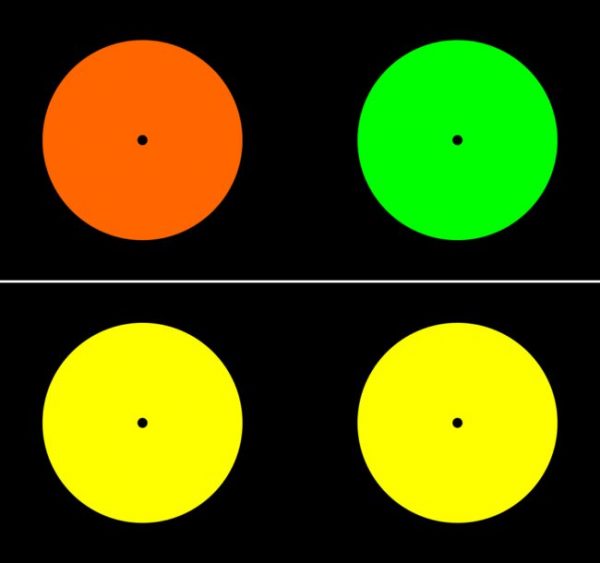

At every point where the white lines intersect our eyes perceive a gray, shadowy blob. This is a classic optical illusion named after Ludimar Hermann who discovered it in 1870. Amazing, isn’t it?Īll of these dots are white, but some appear to be black. Now, try covering the lower half of the photo, and you will see the inner corner of the building (concave this time). Can you guess how many?įirst, cover the upper half of the picture with your palm, and you will automatically assume that the window corner of this building is convex (bulged out). The black and white picture appears to show a large elephant, however, on a closer look there are a number of different creatures hidden into the body. But on a closer look, you will actually find that even though the lines appear to be diverging from one another they are in fact quite parallel. When you look at the picture, you will feel that the lines are not parallel. You should see the outer edges of the circle fade away! You will see the Starry Night come to life, as it will appear to be morphing and wavy. Look at the center of the spinning image for 30 seconds, and then look at the Starry Night.

However, within the context of the two-dimensional image, they are of identical brightness, i.e., they would be printed with identical mixtures of ink, or displayed on a screen with pixels of identical color. The optical illusion is that the area labelled A appears to be a darker color than the area labelled B.


 0 kommentar(er)
0 kommentar(er)
